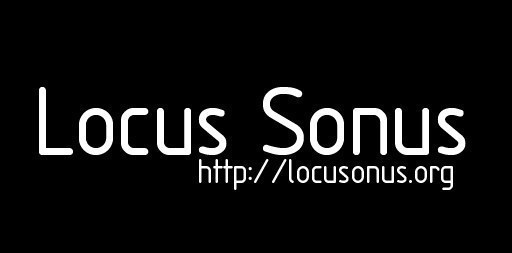

locus sonus > R&D > eu-phonicLast changed: 2012/03/03 16:11
|
||
|---|---|---|
|
Menu : R & D
Menu : Valorisation
• 2008-2009 - European Project Creativity and Innovation - Education & Culture DG Programme (2007-2013) Multi-annual Co-operation Projects (this application was not sent)
Partners
Aims & Objectives EU-PHONIC
A transcultural co-operation, combining networked audio & other forms of sound art in their relation to architectural & geographical space, social networking & cultural pollinisation.
Networked Sonic Spaces In addition to an evaluation of the artistic possibilities emerging from the construction of a network of remote partners and consequent technical developments, we will be looking closely at the sociological implications of this enterprise. Our intention is to create dialogue not only within and between the specialised fields of research integrated into the programme but also between different and distant european cultural situations through experimental use of communication technologies. The principle behind the project is to investigate and develop artistic practices at the intersection of networked and acoustic or local audio spaces, through the use of streaming techniques, and to study the different ways in which these practices are perceived or experienced in different European locations. The research is organized under two main themes Field Spatialisation and Networked Sonic Spaces. The research, fundamentally practice based, aims to create a corpus of artistic experimentation around a problematic, common to all the partners. Indeed the construction of the human network represents an important ressource in itself. Forms emanating from this activity are « verified » essentially through their presentation in public contexts.
Specific Aims
A number of different forms are to be experimented within the group, ranging from concert/performance, through installation to web-based projects. The elaboration of these different types of proposition implies the development of appropriate systems for the restitution and diffusion of acoustic and electronic sound, of apparatus and devices such as instruments, computer programs, interfaces and the invention of processes, protocols and concepts involving the encounters between different cultural and social groups. The main part of the investigation concerns the transport of sound (and sound ambiances) which leads to the construction of streaming systems as well as sensorial and experiential environments which favour different listening experiences, synchronous and asynchronous, local, distant, geographically and culturally identifiable, « autophone » (sonically self-organised and continuous) and « chronotope » (unified time and space) : the networked sonic spaces. Our proposed use of streaming technology is unusual in that it consists of a network of « open mikes » (web-mikes) which continuously transmit the unadulterated (in so far as that is possible) sound of the environment in which they are placed: sounds which carry with them the sense of the acoustic, cultural, and social space in which they propagate not so much sound sources as sound « reservoirs ». In all cases the question is one of « sounding out » spaces and the perception of their site-specific (in-situ) and time-specific (in-tempo) nature - atmosphere, architecture, expanse, cultural contextualisation, soundscape, perceptual appropriation - are some of the elements taken into account in the setting up of these microphones. This multiplicity of constituents and instances unfolds as different facets of our experimentation : resonance (single spaces and relayed spaces), transmission and diffusion (transporting the atmosphere of one sound into another space), spatialisation (virtualisation, composition of space), temporality, multiplicity viewpoints (or rather of listening points), comparison of one sound space with another. These different approaches are further multiplied by the different sensibilities of the individual artists/researchers taking part in the project and their different origins. Beyond the simple demonstration of techniques and of media technologies the interest lies in the developing methods which, unlike « traditional » use of these techniques, take into account their power to modify space and practice and their capacity to create dialogue between different european social situations. Today Locus Sonus has gained recognition for the unique nature of it's projects and the type of international collaboration that they imply. These projects provide an open resource not only for researchers and artists taking part in the projects but also for individual artists & art institutions around Europe. This participation adds to the corpus of art & research federated by Locus Sonus, documentation of which is made available for educational purposes.
Audio Extranautes. The notion of extranaut, loosely defined, describes an individual or a community moving freely between online and offline spaces or activities - hybridization / immersion - it also implies manifestations of projects which are essentially web based in physical space or again social behavior which finds its origins in an online situation and which extends this behavior into physical space. This notion allows us to tackle in a more precise and communal manner issues related to forms of public reception and attention such as: the displacement of "ambiances" and sensibilities, experimental forms of flux as art, real time or organization of time, open source or other cooperative models. This exploration of networked spatial systems reveals and clarifies the context in which new audio practices are developing between physical and virtual spaces while offering a new experimental dimension in audio art and music. The developments of shared projects will open new facets of this research, the european programme enriching their cultural diversity.
Research Questions 

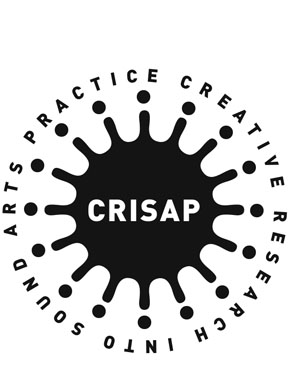

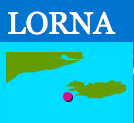
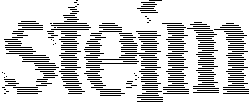
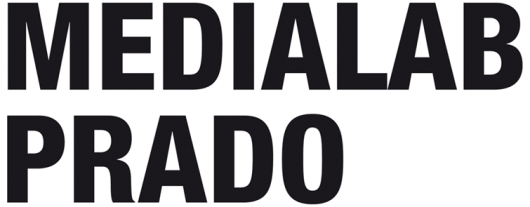

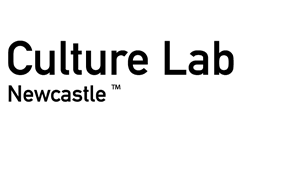
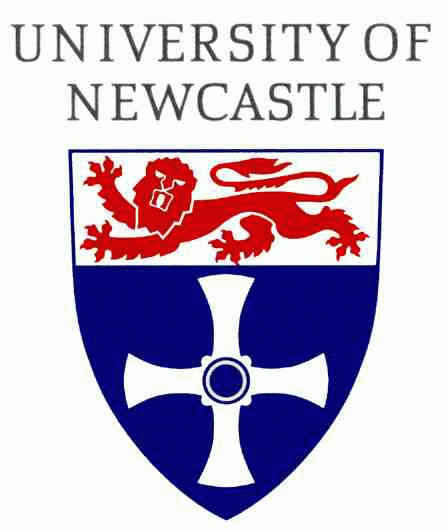
|
||
|
Lab 2013/2014: Elena Biserna, Stéphane Cousot, Laurent Di Biase, Grégoire Lauvin, Fabrice Métais, Marie Müller, (Julien Clauss, Alejandro Duque), Jérôme Joy, Anne Roquigny, Peter Sinclair. 2008/2014 — Powered by LionWiki 2.2.2 — Thanks to Adam Zivner © images Locus Sonus webmaster & webdesign : Jérôme Joy contact: info (at) locusonus.org 2004-2014 Locus Sonus |
||
Article:
Admin functions:
Other:
Search:
Language:
Info:
Powered by LionWiki 2.2.2
Tested on FireFox2, FireFox3, Safari2, Safari3